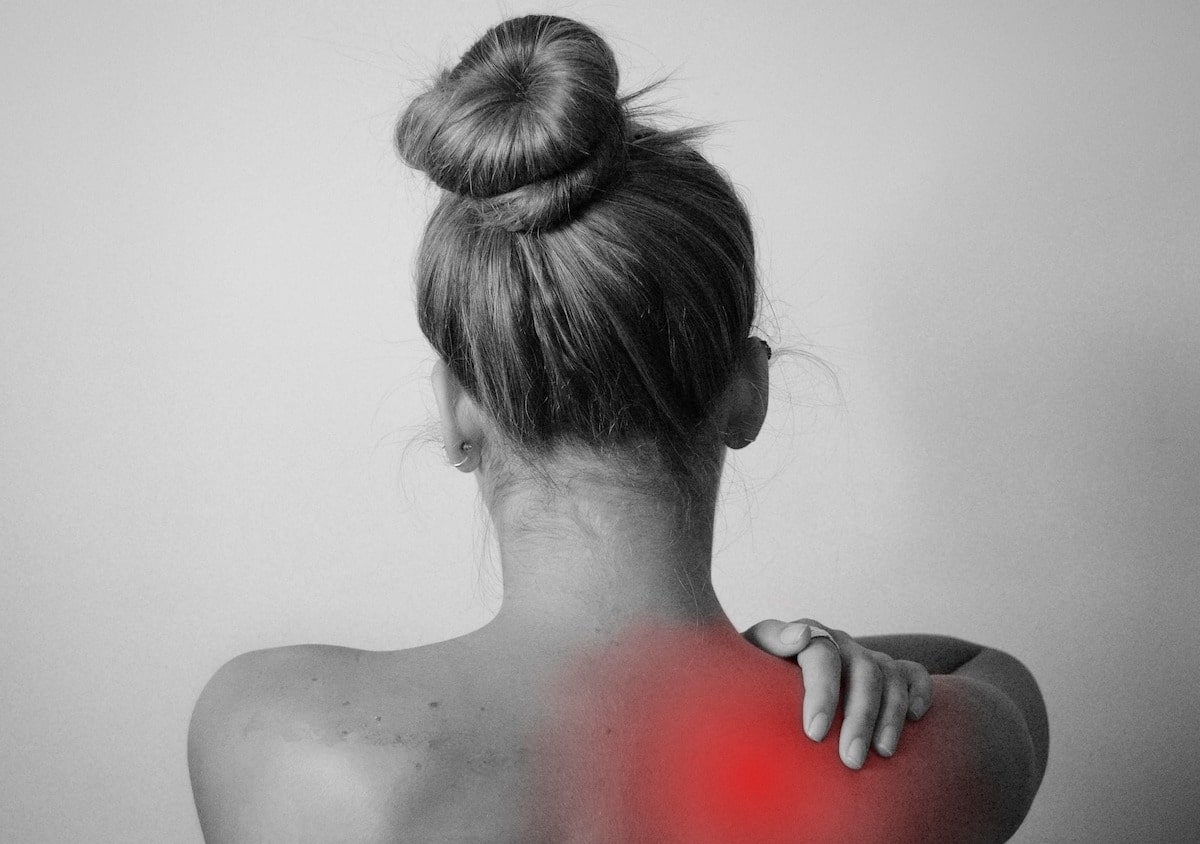Have you ever wondered how can physical therapy help relieve shoulder pain? Physical therapy is an essential element of the treatment program for shoulder discomfort.
Therapists in physical therapy can diagnose and treat a variety of shoulder pain using specialized methods and treatments to enhance mobility, decrease pain and improve functionality.
Staring the physical therapy program
The physical therapist begins with a thorough evaluation to pinpoint the source of shoulder pain, and create a dependable treatment program. At the beginning of the evaluation, they might perform X-rays or other diagnostic tests to identify the root of the problem.
Then, they’ll perform tests of strength and mobility to identify the muscles that are tight or weak, and the mobility that you’ve got in the shoulder joint.
Based on the results of their assessment the physical therapist will design an individual rehabilitation program created for your specific needs. This could include:
- Soft tissue mobilization: This method applies pressure to specific points on the shoulder to relieve pain and increase mobility. Therapists use their hands or other massage tools to move the soft tissue surrounding your shoulder joint, resulting in an easier, more flexible space for the tendons and muscles to stretch.
- Range of motion exercises: The exercises that help with range of motion increase flexibility in the shoulder joint by allowing it to move through its entire range of natural moves. These exercises can also strengthen weak muscles and increase circulation to the region.
- Posture training: A poor posture could cause shoulder pain. Your physical therapist can instruct you on how to sit and stand correctly with an ideal alignment. Proper posture can reduce stress on the muscles of your shoulders and allows them to work at a higher level.
- Strengthening exercises: When your shoulder’s mobility joint has increased Your physical therapist might suggest strengthening exercises, such as resistance bands or weight lifting to aid in rebuilding the strength of your muscles and improve the overall stability of your shoulder.
These are only a few of the methods physical therapists can employ to ease shoulder discomfort. It is crucial to follow all the directions that your rehabilitation specialist will give you for the best outcomes.
If you live near the Michigan area, you can visit miraclerehabclinic.com/royal-oak and get a free consultation.
Most common shoulder injuries
- Rotator cuff tendinitis: This is a condition that occurs in the event of inflammation of the tendons around the joint of your shoulder. The symptoms include pain when trying to lift or lower the arm, sleeping difficulties on the side affected, and weakness in the arm. Physical therapists can provide stretching or strengthening exercises as well as methods like ultrasound therapy to decrease inflammation, ease pain and increase strength.
- Labral tears: The labrum is an area of cartilage that covers the shoulder joint, and helps to ensure it is stable and secure. A tear in the labrum can result as a result of an injury or repetitive use in the shoulder joint.
- It can be accompanied by clicking or catching on the shoulders, discomfort while trying to raise the arm, and a decrease in movement. Physical therapists can provide specific exercises that help increase the strength and stability of the shoulder joint, as and manual therapy methods to alleviate pain and promote proper healing.
- The frozen shoulder (adhesive capsulitis): This condition is caused when there is a thickening or scarring of the tissue surrounding the shoulder joint, leading to less flexibility and stiffness. It is characterized by difficulty in raising or lowering the arm, having trouble sleeping on the side affected, and discomfort when moving. Physical therapists use a variety of techniques like stretching and ultrasound to help reduce inflammation and increase the range of motion. This condition may require a frozen shoulder steroid injection to alleviate pain and reduce swelling, allowing patients to better tolerate physical therapy exercises. A physical therapist will then prescribe strengthening exercises that increase the strength and stability of the shoulder joint. By combining medical treatments like injections with targeted physical therapy, patients can work toward restoring full mobility and function in their shoulder over time.
- Shoulder impingement: This is a condition that occurs when there is a narrowing in the area between the scapula and humerus that causes compression of the tendons of the rotator cuff or bursa. The symptoms include difficulty lifting the arm upwards or towards the side and pain in the shoulder during movements, and weakness in the arm. Physical therapists employ manual therapy methods to decrease inflammation and increase mobility and strength exercises that increase the strength and stability of the shoulder joint.
Conclusion
Physical therapy professionals are skilled in helping patients overcome various shoulder injuries. So, how can physical therapy help relieve shoulder pain?
Through a thorough assessment and customized treatment programs based on these assessments, physical therapists can assist people to return to their original level of performance and exercise.
Photo by Mitchell Hollander on Unsplash


